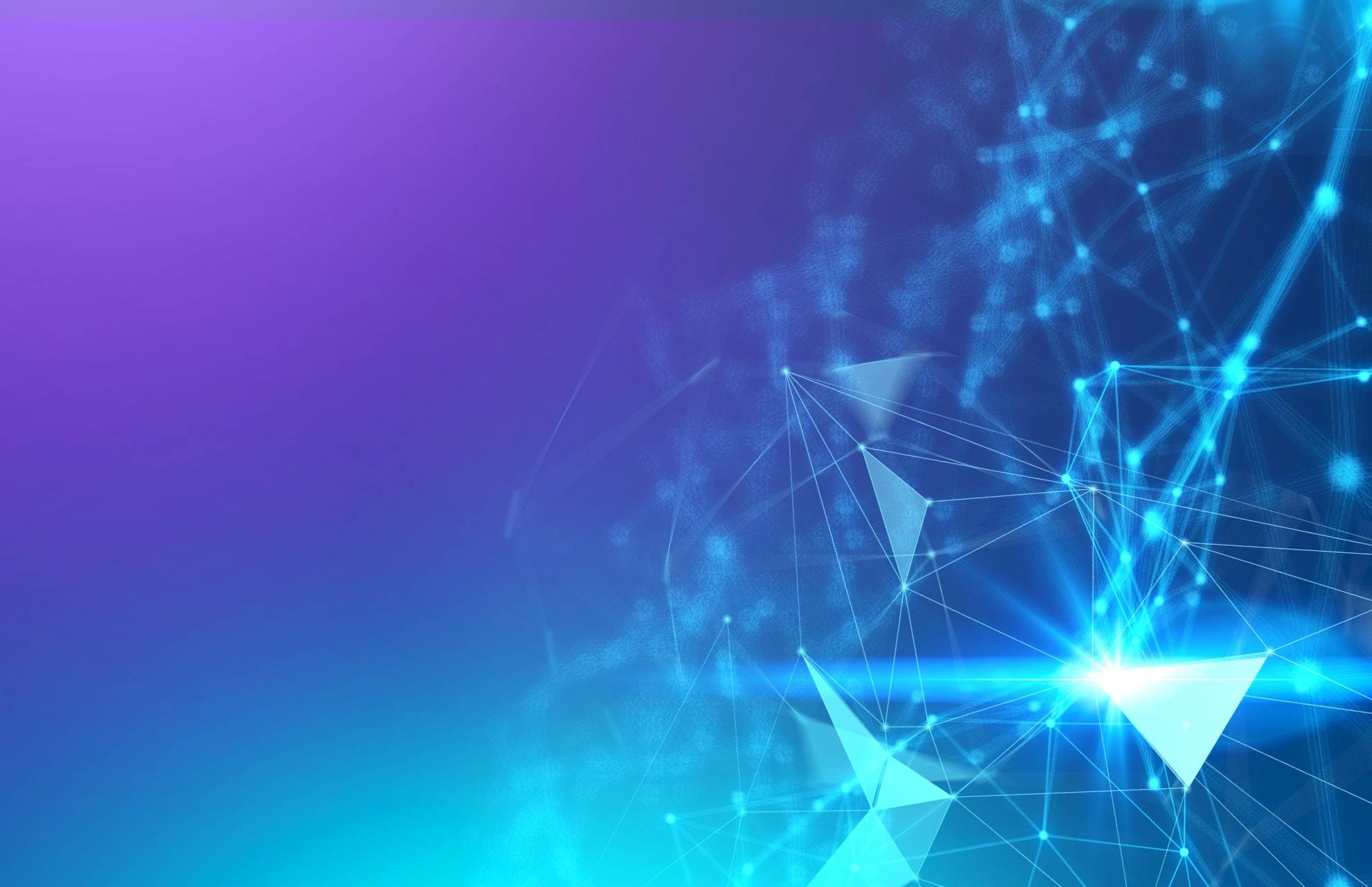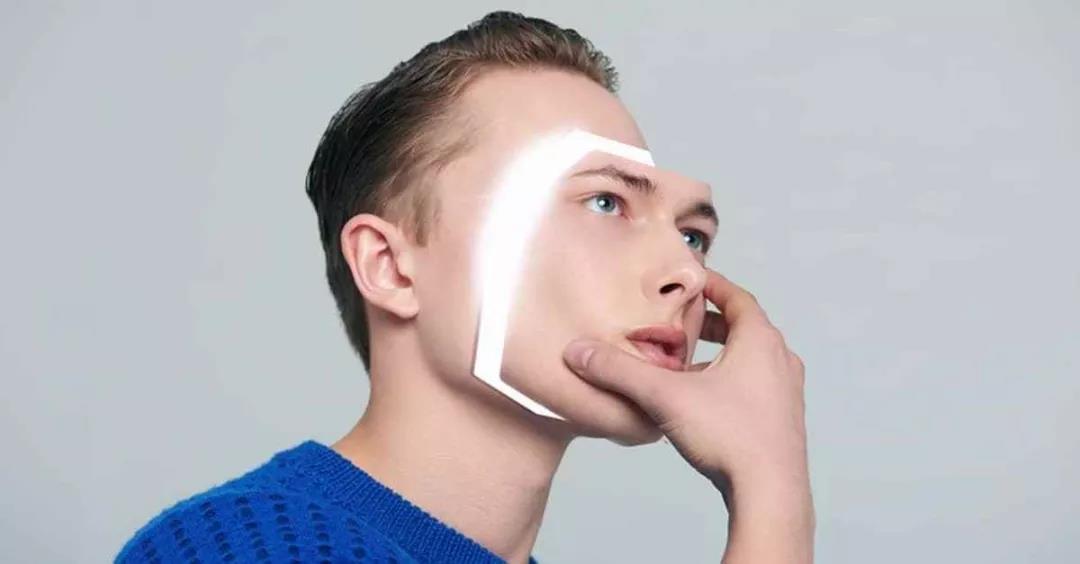Table of contents
2. Carefully examine facial movements
4. Observe the body posture of the characters in the video
5. Beware of meaningless words
I. Introduction
Creating a deepfake video is as easy as editing text in a Word document. In other words, you can take a video of anyone and make them say whatever you want. You can use text to edit videos just like word processing, easily adding new words, removing unwanted words, or re-editing finished videos.

Of course, this also greatly increases the amount of fake content. How do you know if a video is a deepfake?
2. Carefully examine facial movements
A common warning sign is unnatural eye movement or lack of eye movement, especially when looking to blink. It's difficult to imitate blinking naturally. Accurately recreating eye movements can also be challenging, as someone's eyes often follow another person in a conversation.
If someone's face doesn't show the appropriate emotion to match what they're saying, it's likely a deepfake. If you can detect facial distortion or image blending, these are also indications that the video may be a deepfake.
You should be on the lookout for videos that appear to be real, but where the person's face and nose are facing in different directions.

3. Sound can provide clues
Deepfake creators usually focus more on visuals than audio, so you may notice a difference in sound or speech style. Watch out for out-of-sync lip movements, mechanical sounds, odd word pronunciations, digital background noise, or even missing audio. It's important to be aware of these signs, as they may indicate a deepfake.
Additionally, deepfake creators often rely on existing footage or audio recordings of a target person to generate realistic visuals, but the audio may not be manipulated equally convincingly. This difference between visual quality and audio quality can be used to detect deepfakes. Remember, deepfake technology is constantly advancing, so it's important to stay vigilant about the latest techniques and tools used to create and detect deepfakes.
4. Observe the body posture of the characters in the video
You should be suspicious if a person turns their head away, or moves from frame to frame in a choppy fashion, or if their movements look distorted or unnatural. Another sign of deepfake content is when a person's body shape looks unnatural, or the head and body positions seem odd or inconsistent. Deepfakes typically focus on facial features rather than entire bodies, so this is one of the easier anomalies to detect.
Someone might superimpose one person's face onto another's body to make it appear that person is saying or doing things that they never actually said or did. Technology has come a long way to generate highly convincing deepfakes that look like real ones.
People who create deepfake videos using other people's body poses may get inconsistencies. This gives you important clues that such videos are likely to be deepfakes.

5. Beware of meaningless words
Nonsense words play an important role in the creation of deepfakes, as they provide a vehicle to alter or replace the original speech. These fictional words, which probably don't exist in any language, are used to manipulate the audio portion of the deepfake. By seamlessly mixing real and nonsense words, deepfake content creators aim to generate convincing audio that mimics the speech patterns of their target subjects. Viewers may thus be tricked into thinking a person said or expressed something that they had not said or expressed.
Spotting and identifying nonsense words can be challenging, especially as deepfakes continue to advance. However, individuals can employ several strategies to protect themselves from falling victim to deepfake tactics. First, it is necessary to verify the credibility of the source of the shared content. Relying on reputable and trustworthy news outlets or verified social media accounts can help minimize the risk of encountering deepfakes. Noticing video or audio discrepancies, unusual speech patterns, or inconsistencies can help spot potential deepfakes.

Are Deepfakes Dangerous?
Artificial intelligence is currently affecting many economic sectors and people's daily lives. Deepfakes are another great AI product. However, it should not be viewed from only one angle. Deepfakes work particularly well in the fields of medicine and health. You shouldn't just associate it with fake shots of politicians or celebrities. Just like with any other technology, how you use a deepfake is critical. Therefore, it is undoubtedly the deepfake technology that brings the advantages of artificial intelligence into our lives, rather than fake material, that is very useful.